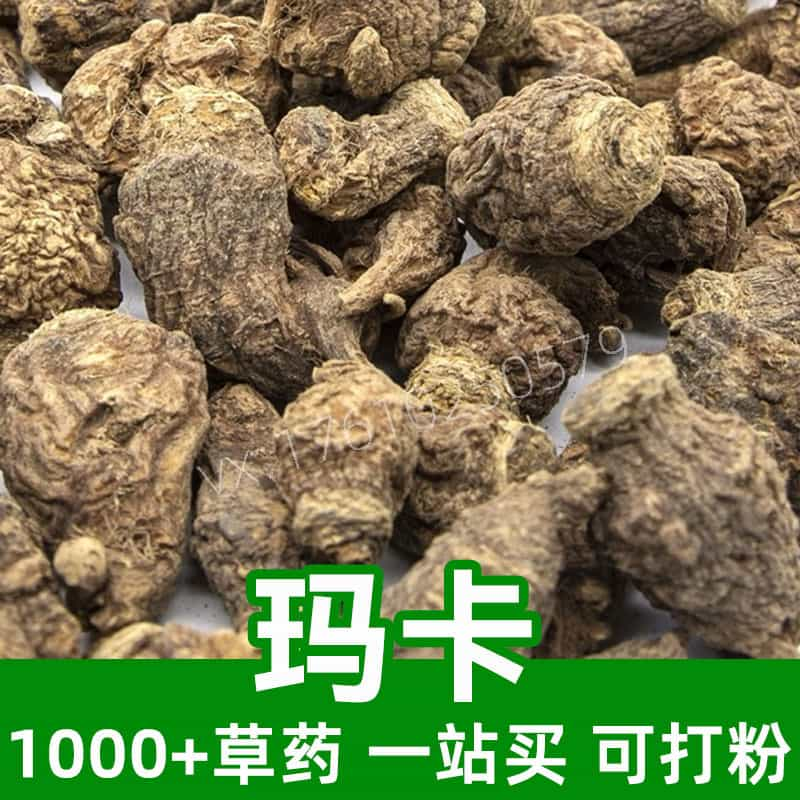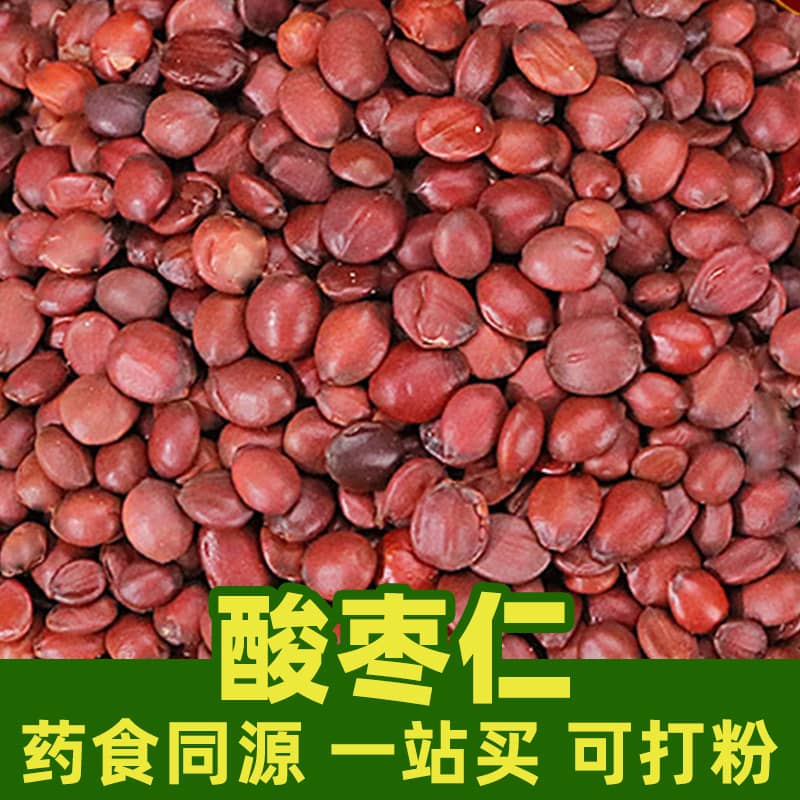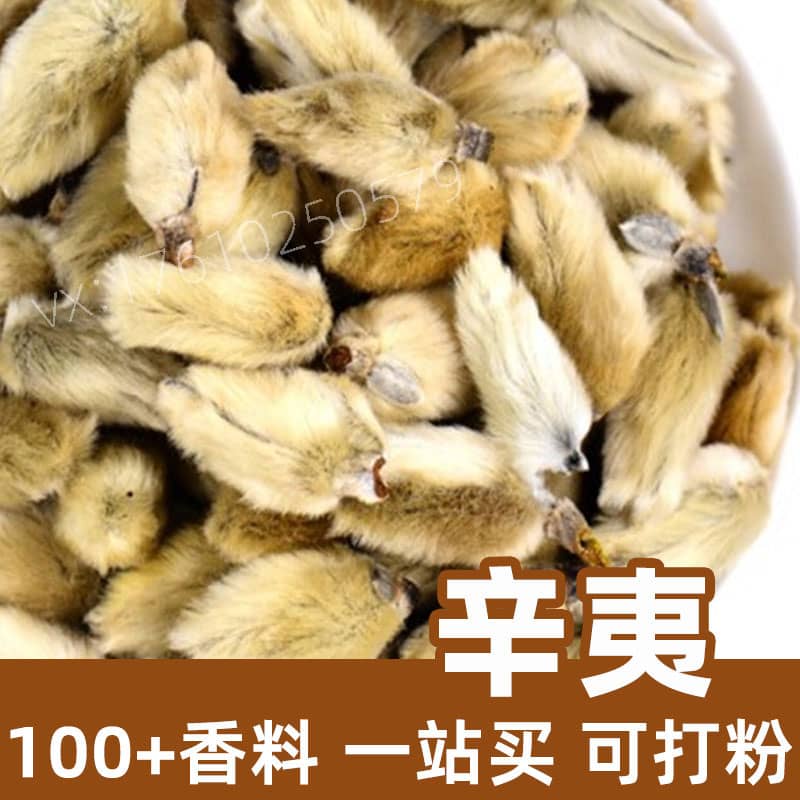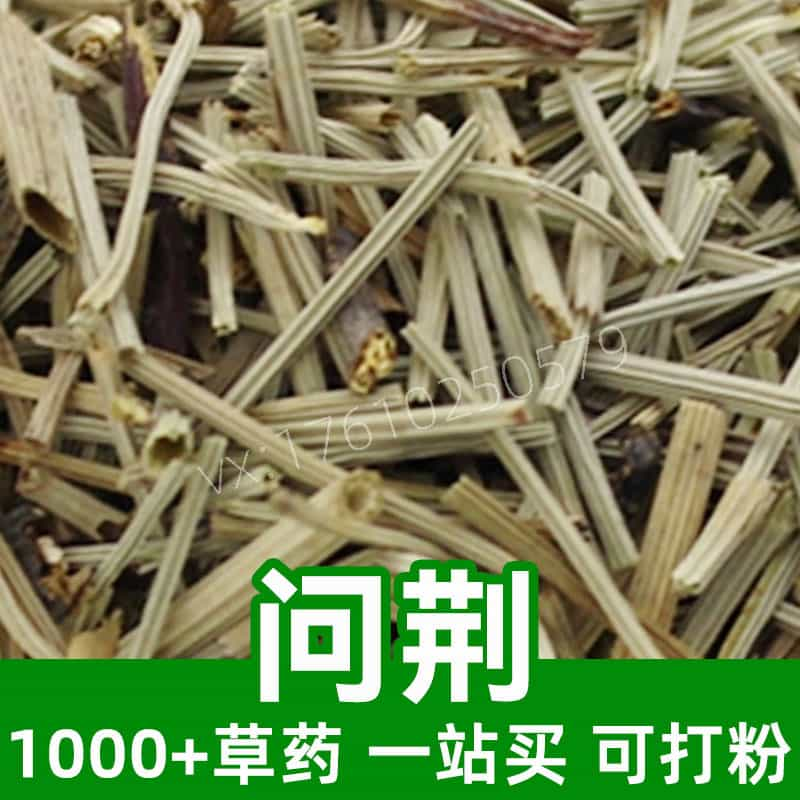Black Bean Peel Product Introduction
Black bean peel is a natural plant product extracted from the outer skin of black bean seeds. Its main components include rich dietary fiber, protein, vitamins, minerals, and various bioactive substances such as anthocyanins and isoflavones. The origin of black bean peel is closely related to the growth and processing of black bean seeds, and it is a byproduct of black bean processing. In traditional Chinese medicine, black bean peel is commonly used as a medicinal material for clearing heat and detoxifying, promoting diuresis and reducing swelling, regulating blood lipids, and lowering blood pressure and blood sugar. Additionally, black bean peel is widely used in the food industry for the processing of various foods, health products, or medicinal formulas, providing a natural, nutrient-rich raw material and medicinal resource.
Main Active Ingredients of Black Bean Peel
Black bean peel is part of the outer skin of black bean seeds and contains abundant nutrients and bioactive compounds with various benefits.
- Dietary Fiber: Rich in soluble and insoluble fiber, helping to promote bowel movements, increase satiety, regulate blood sugar and blood lipids, and prevent constipation.
- Protein: Contains high levels of plant protein, an excellent source for growth, development, cell repair, and metabolic regulation.
- Vitamins: Contains multiple vitamins such as B1, B2, B6, and folic acid, essential for normal metabolism and physiological functions.
- Minerals: Rich in calcium, iron, zinc, magnesium, vital for bone health, hemoglobin synthesis, immune function, and more.
- Anthocyanins: Strong antioxidants that help combat free radical damage, delay aging, and prevent diseases.
- Isoflavones: Contains compounds like daidzin and flavonoids, beneficial for regulating endocrine functions, protecting cardiovascular health, and preventing breast cancer.
- Phytosterols: Includes compounds like β-sitosterol, which help lower cholesterol levels and prevent cardiovascular diseases.
In summary, black bean peel is a natural plant product with rich nutrients and bioactive compounds, offering multiple health benefits and making it an ideal raw material for health foods.
Application Scenarios and Usage of Black Bean Peel
Black bean peel has extensive applications in traditional Chinese medicine and the food industry. Its usage and dosage vary depending on the application scenario:
- Traditional Chinese Medicine Applications:
- Used as a tonic in herbal medicine, helping to regulate the spleen and stomach, nourish kidney energy, and replenish yin and blood.
- In TCM theory, black bean peel has a sweet taste and neutral nature, entering the kidney meridian, offering benefits like nourishing kidney yin, boosting qi and blood, and supporting digestive health.
- Treats symptoms like dizziness and tinnitus due to kidney yin deficiency, sore and weak lower back and knees, frequent night urination, dry constipation, and poor digestion.
- Food Industry Applications:
- Used as a food ingredient in processing bean products, vegetarian products, and health foods.
- Can be made into black bean peel tea or soup, offering nourishing, lung-moistening, and heat-clearing effects.
- Added to dishes like soups, congee, and stir-fried dishes to enhance nutritional value and flavor.
- Usage and Dosage:
- Herbal Soup: Simmer an appropriate amount of black bean peel with other medicinal ingredients in water for several hours until the ingredients are tender, and the soup becomes thick.
- Tea: Add dried black bean peel to boiling water, steep for a while, and then drink. Honey or brown sugar can be added to taste.
- Culinary Uses: Incorporate an appropriate amount of black bean peel into soups, stews, and stir-fried dishes to enhance flavor and nutrition.
In summary, black bean peel holds significant value in both traditional Chinese medicine and the food industry. Its usage and dosage can be adjusted based on specific situations and personal needs. When using black bean peel, ensure appropriate combinations and avoid excessive intake.
Source Plant Introduction, Distribution, and Growth Environment of Black Bean Peel
Black bean peel is the outer layer peeled from black bean seeds (Glycine max (Linn.) Merr.), produced as a byproduct during black bean processing. Here is a detailed introduction to the source plant, distribution, and growth environment of black bean peel:
- Source Plant:
- Black bean (Glycine max (Linn.) Merr.) is an important legume crop and a traditional staple food in China.
- It is an annual herbaceous plant in the legume family, rich in high-quality protein, vitamins, and minerals.
- The seeds of black beans are enclosed in a hard-shelled pod, with the peel referring to the outer layer of these seeds.
- Distribution:
- Native to China, black beans have been cultivated since around 2000 BCE.
- Now widely grown worldwide, including in China, the USA, Brazil, India, and Argentina.
- In China, black beans are mainly distributed in regions south of the Yangtze River, including provinces like Hubei, Hunan, Jiangsu, and Anhui.
- Growth Environment:
- Black beans thrive in warm, humid climates with adequate sunlight and well-drained soil.
- They are adaptable to a range of soil types, preferring sandy loam or sandy soil, with loose requirements for soil pH.
- Ideal growing temperatures range from 20°C to 30°C, with a growth period typically lasting 90 to 120 days.
Overall, black bean peel comes from black bean seeds, and black beans are widely cultivated worldwide. They are adaptable to various soil and climate conditions, making them a versatile crop.
Harvesting, Processing, and Storage of Black Bean Peel
The harvesting, processing, and storage of black bean peel are critical for ensuring product quality. Here are the details:
- Harvesting:
- Black bean peel is typically collected after the black beans mature, during the bean harvesting process.
- In processing, the beans are shelled, and the peels are collected from this process.
- Processing:
- The harvested black bean peel needs to be cleaned and dried to ensure quality and hygiene.
- Cleaning removes surface impurities and dirt, while drying reduces moisture content to prevent mold and microbial growth.
- Further processing can include sieving and packaging to meet different customer needs.
- Storage:
- During storage, keep black bean peel dry, ventilated, and free from moisture and pests to maintain quality and taste.
- Store in a dry, ventilated place away from direct sunlight and high temperatures to prevent mold and degradation.
- Sealed or vacuum packaging can effectively extend the shelf life, improving stability and quality.
Overall, the harvesting, processing, and storage of black bean peel are vital for ensuring product quality and food safety. Proper processing and storage methods maintain the nutritional content and flavor of black bean peel, extending its shelf life to meet market demand.
Monica Sun is a seasoned expert in the natural raw materials industry, with over a decade of experience specializing in traditional Chinese medicinal herbs, spices, and fungi. She is skilled in the sourcing, processing, and application of these materials, emphasizing sustainability and innovation. Monica Sun has contributed to the development of high-quality natural raw materials that serve as essential components in functional foods, pharmaceuticals, and cosmetics, delivering tailored solutions to meet diverse market needs.
















